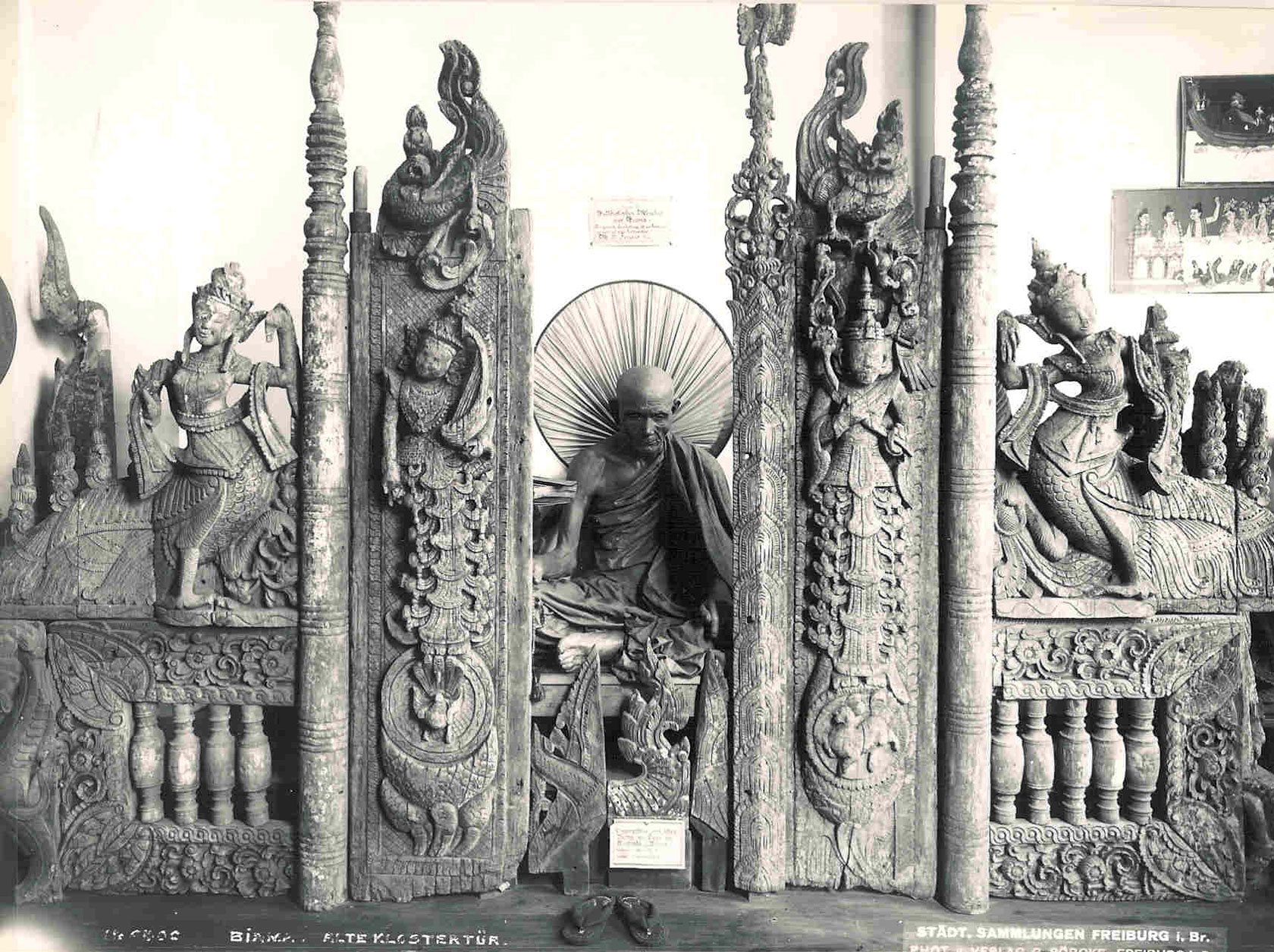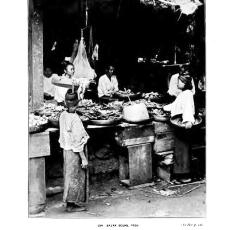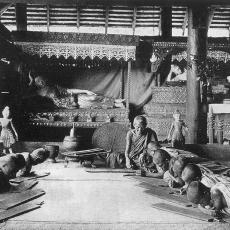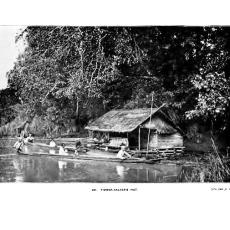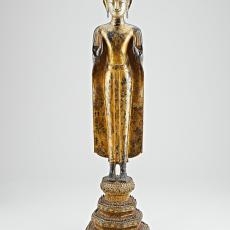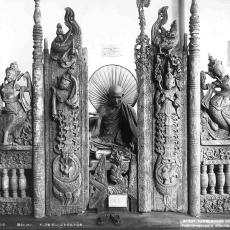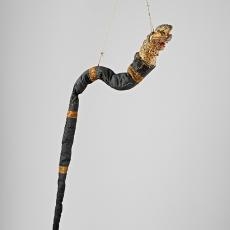Einblicke in die Sammlungsgeschichte
Max Henry Ferrars
28.10.1846 – 07.02.1933
Max Ferrars was born in 1846 of Irish (father) and German (mother) parentage in Killucan, Ireland; he was a British citizen.
He studied at Trinity College, Dublin and then attended the Royal Saxon Forestry Academy in Tharandt (1870/1871). After completing his studies, Ferrars moved to Burma (present-day Myanmar), which was a province of British India. During his time in Asia (1870s–1890s), Ferrars worked in various professions: as a forestry assistant and verderer, as a school inspector and also head of the provincial education authority.
Ferrars returned to Europe in 1896 and moved to Freiburg. He joined the Städtische Kommission für das Museum für Natur- und Völkerkunde (Municipal Commission fin Support of the Natural and Ethnological Museum). He became an English lecturer at the University of Freiburg in 1899. As a British national, his professional situation became increasingly awkward as a result of the outbreak of hostilities in1914. He was only able to continue teaching until the winter semester of 1920/21 by virtue of the faculty's intercession on his behalf.
Ferrars in Burma
Ferrars worked in the British colonial service for over twenty years. However, he was not regarded as an advocate of English colonial policy and oppugned abuses and the flourishing opium trade in the British colonies in Asia. His political commitment finally led to his dismissal from British colonial service.
Among other things, he used writing to process his personal and professional experiences in India and Burma (present-day Myanmar): Greater Britain: a Sketch from 1912, Curiosities of English Pronunciation and Accidence for the Use of Teachers and Students from 1919 and Modern India and Education published in 1912. From an ethnological point of view, the work Burma (1900), written in conjunction with his wife Bertha, is particularly interesting. Spanning 237 pages with over 400 photographs, it documents the most diverse facets of life in Burma at the turn of the century.
Ferrars Donation
Max Henry Ferrars was one of the earliest benefactors of the museum. He had assembled his collection for the most part during his stay in Burma (present-day Myanmar). Apart from payment of the transport costs, he eschewed all remuneration for the objects. The entrance door to a Buddhist monastery that Ferrars donated to the museum in 1898 is a particular highlight. From 1910, this door was the centrepiece in the exhibition hall dedicated to Burmese culture at the Museum für Natur- und Völkerkunde. In the following years (1908 and 1911), Ferrars also donated further objects from Southeast Asia, including an extensive collection of marionettes and artistic lacquered bowels. There is no documentary record of how Ferrars acquired the objects in Asia. With donations valued at 3,000 Marks, Ferrars occupied the top spot in the list of the most generous donors up to 1905. In 1937, his daughter, Maximiliana Weigand, transferred further holdings from her father's estate to the museum. These included clothing and jewellery from India and Burma. Today, the Ethnological Collection houses 122 objects from the Ferrars collection. However, only fragments remain of the door from the Buddhist monastery.

